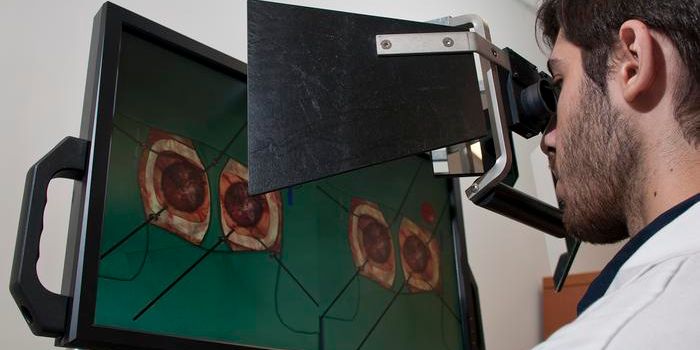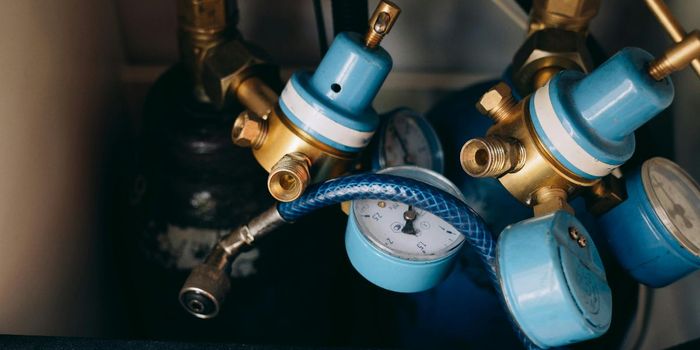Treating Pain in the Littlest Patients
It used to be a common belief that newborns and very young babies could not feel pain. Once they did start to develop the ability to feel pain, it was believed that it was very muted and not as severe as in adults. This has been since disproven, thankfully. Research from Oxford University published in 2015 showed, via MRI scans, that even a gentle poke from an object no sharper than a pencil was enough to trigger a pain response in babies.
In the 2015 study, 10 healthy newborn infants between 1 and 6 days old underwent MRI scans. That in itself was a difficult process because babies are not normally able to stay quiet and still during an MRI scanning. The researchers timed the scans to come right after feeding. Lying on special pillows and with ear coverings to block out some of the noise, the babies were placed in the MRI scanner. Once asleep, a researcher would gently poke the baby’s foot with a retractable tool that had a small point on the end, not quite as sharp as a pencil. Scans were recorded of brain activity before, during and after poking the foot.The force of this was about 128 mN. That’s a very gentle poke and was not even enough to wake the babies up.
For comparison, health adults aged 23-36 years old also underwent scans, while feeling a pain stimuli around 512 mN. When the scans were compared, there was significant brain activity in 18 areas of the newborn brain, similar to that in the adults. In the adults there were 20 areas activated, but in both age groups the activity indicated that pain was definitely felt and registered in the brain.
More recent research, also from Oxford, looked at managing pain in infants. Since it’s now proven that babies do feel pain, it’s crucial that health care professionals find a way to treat it, especially when babies must undergo surgery or other painful procedures.Of course a major obstacle is that babies have no way to communicate their pain. They might cry, but as any new parent can attest, it’s difficult to know what exactly is causing a baby to cry. While doctors can monitor facial expressions or heart rates, getting the correct kind of pain relief and the right amount is tricky as well.The newest study from Oxford addressed the issue by using EEG readings from babies that underwent a routine heel stick to draw a bit of blood. It’s a common screening in newborns, and often looks for conditions like hypothyroidism, PKU and other diseases.
Dr. Caroline Hartley, a postdoc at Oxford University’s Department of Pediatrics and colleagues from the Great Ormond Street Hospital in London developed a series of pain “signatures” by analyzing brain activity data from the EEG readings. The EEG recordings were made non-invasively and were only done on babies that were going to have a heel stick anyway. EEG recordings were also made during non-painful stimuli like a flash of light towards their eyes. The EEG data was collected and found to correlate to other pain signals seen in infants like facial grimacing and heart rate, so the team knew it was valid.
Dr. Hartley, in an interview with the parenting website Fatherly.com, explained that data from EEGs was also collected on babies that had been given a local anesthetic. She explained, “We characterized a ‘template’ of this pain-related brain activity, then looked at how the pain-related brain activity changed if local anesthetic was applied.” The templates did indicate that a local resulted in less stress and likely less pain for the newborns. The team hopes to expand the research, since the sample size was small, starting with only 18 babies. They also want to investigate whether or not the method can be used to assess the effectiveness of pain-relieving medications. The video below has more information from the team at Oxford, take a look.
Sources: Oxford University, Fatherly, Radiological Society of North America, Journal eLife, Science Translational Medicine









